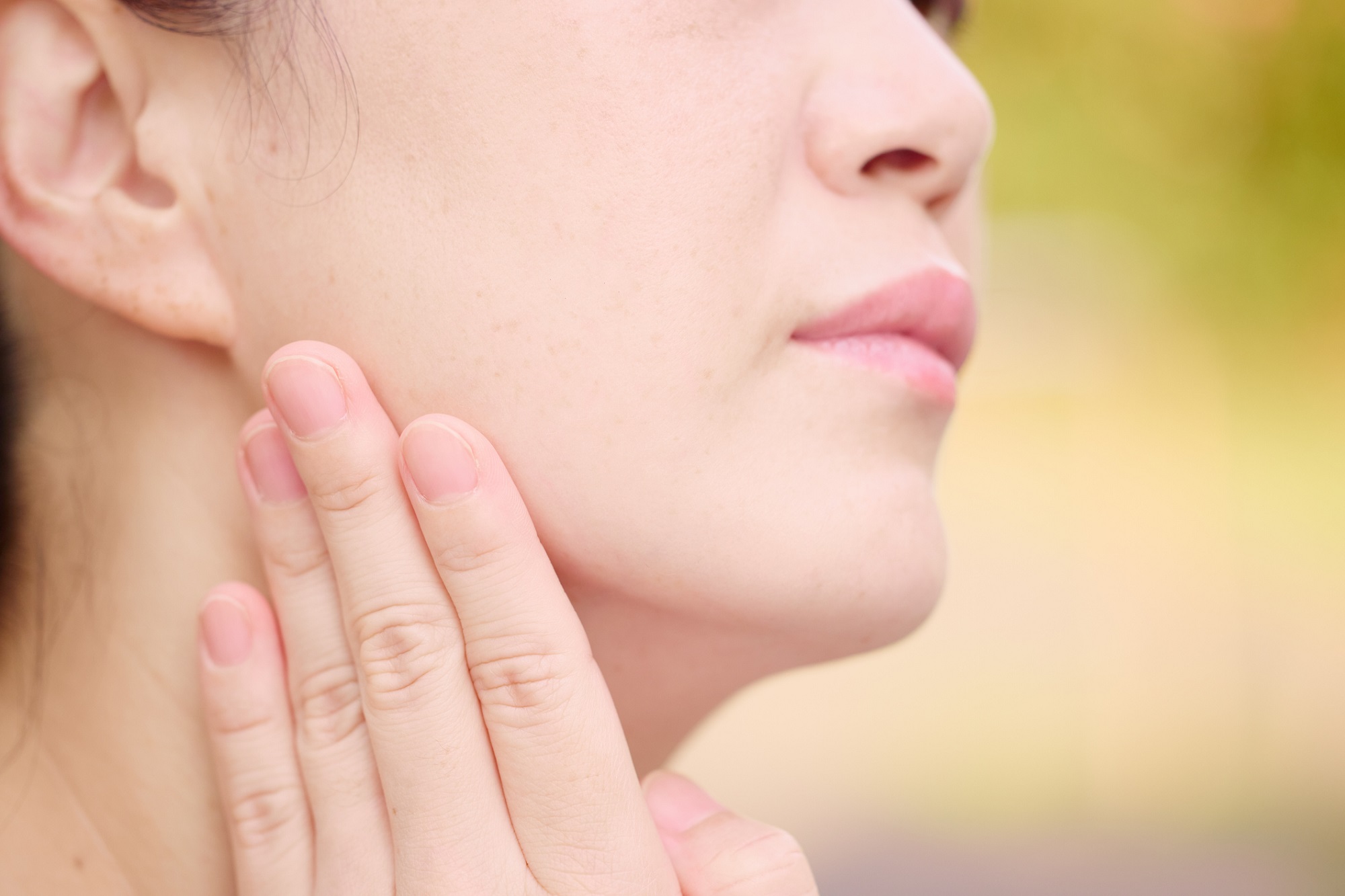
As reported by research firm Future Market Insights, “the global demand for retinoids is expected to rise at a healthy CAGR of 5.4% per year” with a projected market value of $2.5bn by 2023. Products containing retinoids like retinol, adapalene and tretinoin are in increasing demand due to their efficacy in addressing acne and pigmentary skin conditions like post-inflammatory hyperpigmentation (PIH). However, regular use of retinoid products can also result in well-known side effects like increased sun sensitivity, dryness, and skin peeling.
In response to these retinoid-related issues, specialty chemical manufacturer Lubrizol Life Science has recently released test results backing the efficacy of its retinoid-alternative ingredient Stevisse.
To learn more about the R&D process behind this advanced botanical ingredient, including the challenges overcome to successfully formulate Stevisse, as well as the results of the recent testing, we interviewed Bianca McCarthy, Ph.D, who is the Global Marketing Manager, Lipotec Active Ingredients at Lubrizol Life Science for her insights.
Formulation and R&D process
The initial interest in developing Stevisse lay in the Lubrizol Life Science R&D team’s desire to “develop an effective, natural, milder and gentler alternative to retinoids,” said McCarthy. In addition to effectively addressing PIH and other related issues, “retinoids have shown promise in minimizing skin aging,” she explained.
However, considering their undesirable side effects, which can also include “itching and burning sensations, erythema and scaling of the skin,” she said, the researchers therefore “identified the opportunity to develop a natural alternative to retinoids that was gentler on the skin without sacrificing efficacy.”
The formulation process, however, was not without its challenges. “There are various approaches to creating botanical extracts,” McCarthy explained, “but it becomes difficult to extract a wide range of bioactives in a sustainable manner.” To overcome this issue, researchers “leveraged the performance and sustainability properties of Lubrizol’s proprietary eco-friendly Phenobio subcritical water technology to extract the stevia leaves and obtain a more efficient and sustainable ingredient,” she shared.
The innovation behind Phenobio subcritical water technology supported the R&D team in formulating Stevisse by allowing “us to obtain environmentally conscious extracts without using chemical solvents while also reducing raw material use and saving energy and water,” she shared. Additionally, she added, “the technology allows us to recover a broader range of phytoactives compared to other conventional extraction processes, leading to a distinctive bioactive composition that makes the botanical ingredient unique.”
Further, she continued, “a 360-degree analysis of Stevisse advanced botanical ingredient was performed to determine its composition.” The results of the analysis determined that “the extract contains mostly proteins, carbohydrates and phenolic compounds, while caffeoylquinic acid was identified as a relevant bioactive component, which showed to be recovered in significantly higher concentrations with Phenobio subcritical water technology compared to other standard extraction processes.”
Testing & results
As a stevia leaf-based retinoid-like alternative botanical ingredient, additional testing was required to demonstrate Stevisse’s efficacy for topical product formulations. “To prove that the active ingredient is a true retinoid-like ingredient,” said McCarthy, “it was imperative that we demonstrated that Stevisse advanced botanical ingredient could target the same biological pathways.”
In subsequent in vitro testing, “the ingredient was shown to induce the expression of genes related to the pathway of retinoids,” she stated, and “as a result, the ingredient helped promote similar activities to retinoic acid, such as skin regeneration, enhancement of extracellular matrix proteins, and boosting cellular resistance to oxidative stress.”
Additionally, she continued, “Stevisse advanced botanical ingredient demonstrated all of this while minimizing the skin inflammation associated with retinoids in a similar way to bakuchiol.”
In in vivo testing, she added, “the ingredient helped minimize the appearance of wrinkles and reduced the number of dark spots to homogenize the skin tone.”
Further innovation and development
Following Stevisse’s successful formulation process and “aligned with our commitment to preserving the environment and providing pure, sustainable and ecologically conscious ingredients,” said McCarthy, Lubrizol Life Science has further plans for additional ingredient innovation and development.
“Lubrizol will continue leveraging Phenobio subcritical water technology,” she concluded, “to develop innovative and efficacious botanical extracts that have a great sustainability profile.”

